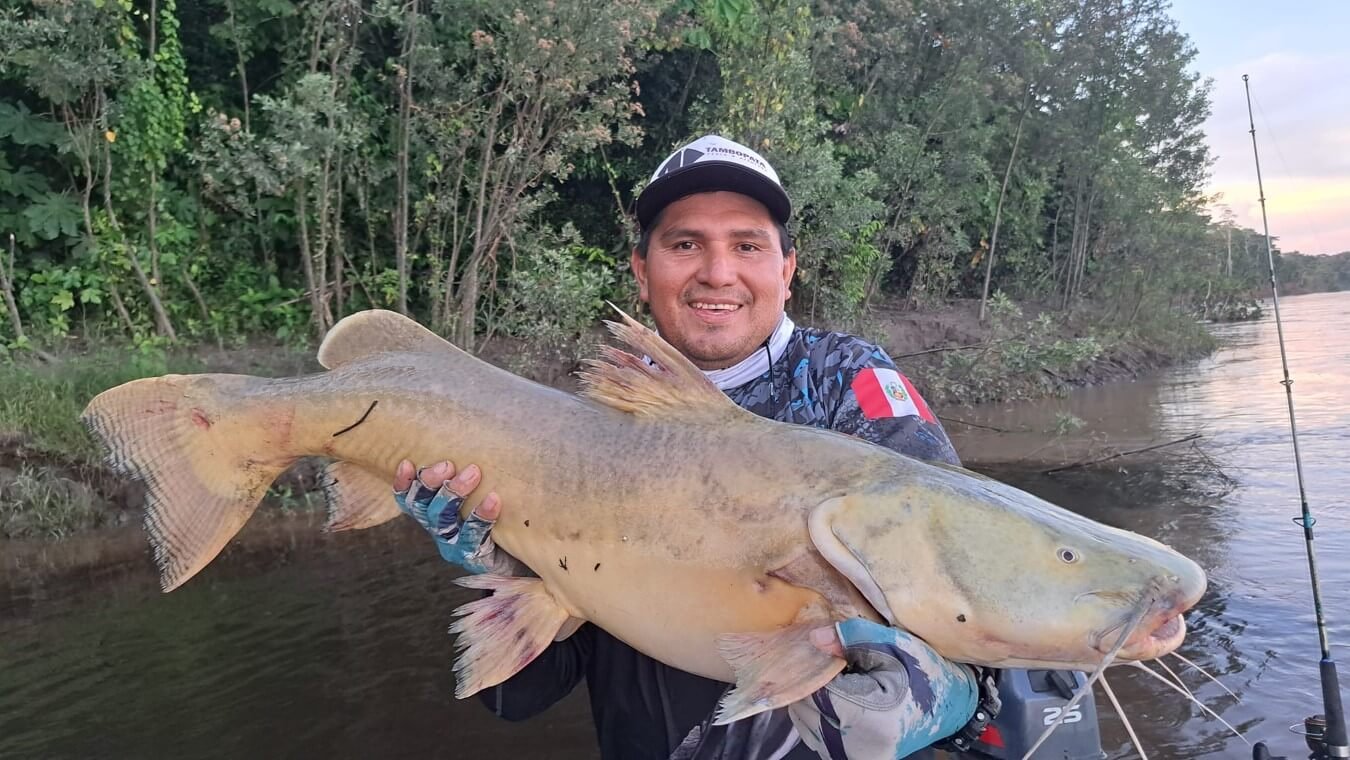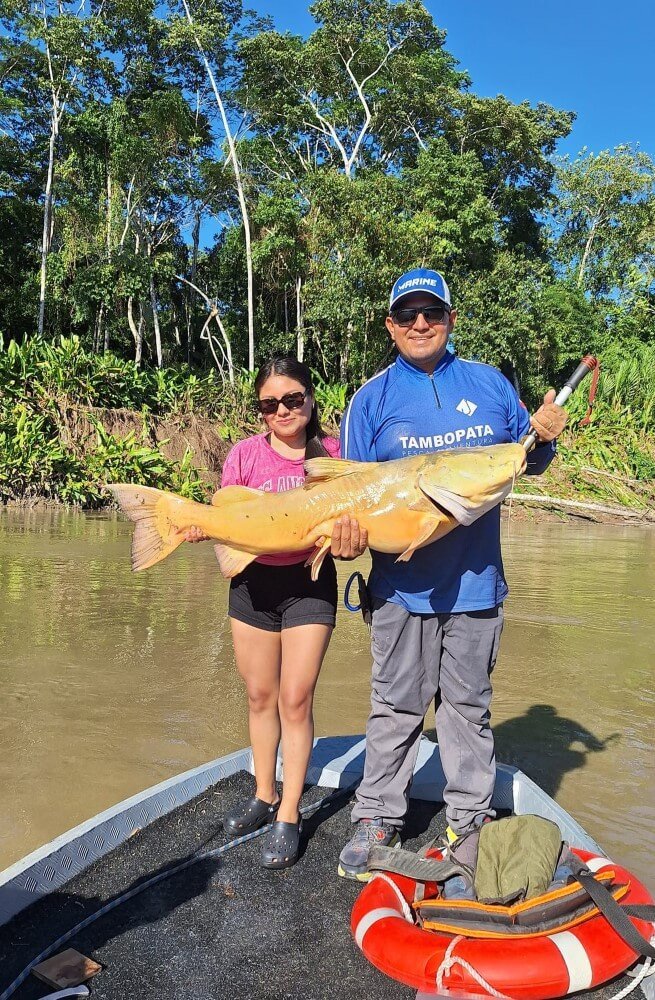Arapaima farming has emerged as an innovative solution to counter the threat posed by overfishing and habitat destruction to this iconic Amazonian fish. The Arapaima gigas, one of the largest freshwater fish in the world, also known as pirarucu, is currently facing a critical decline in wild populations. This is where aquaculture, the practice of raising aquatic organisms in controlled environments, comes into play as a promising and sustainable alternative. This article explores in detail how farming arapaima can not only help preserve this species but also significantly benefit local communities.
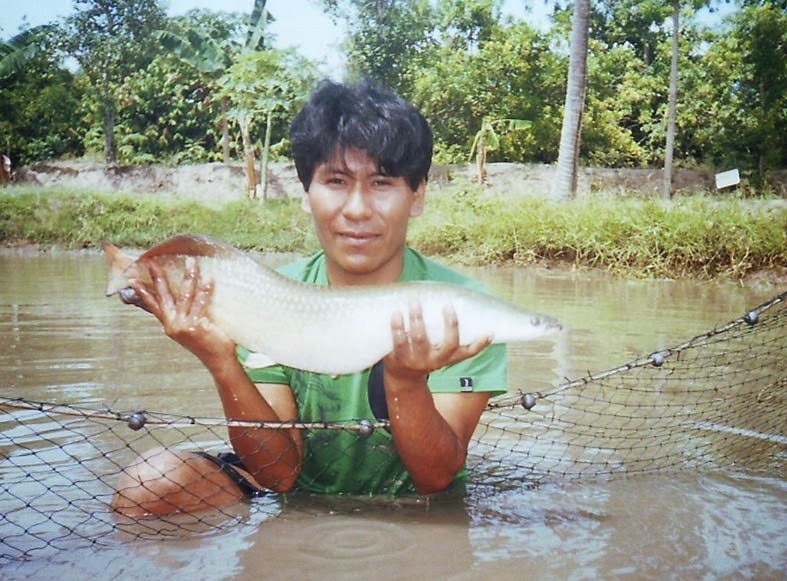
➬ Arapaima Aquaculture
Aquaculture, or the farming of aquatic organisms in controlled environments, has gained popularity as a viable alternative to wild fishing. Farming arapaima allows for:
- 🗹 Sustainability: Aquaculture reduces pressure on wild populations, helping conserve biodiversity.
- 🗹 Controlled Production: Farms allow for more efficient management of fish growth and health, ensuring a steady supply.
- 🗹 Economic Benefits: Farming arapaima provides a source of income for local communities, promoting economic development.

➬ Advantages of Arapaima Aquaculture
- 🗹 Species Conservation: Farming arapaima can reduce illegal fishing and overexploitation, helping to preserve wild populations.
- 🗹 Increased Supply: Aquaculture can meet the growing demand for arapaima in the market without depleting natural populations.
- 🗹 Job Creation: Aquaculture farms create jobs in the communities, from farming to distribution.

➬ Challenges of Arapaima Aquaculture
Despite the benefits, arapaima aquaculture also faces challenges:
- 🗹 Habitat Management: It is essential to recreate an environment similar to the natural habitat to ensure the fish’s well-being.
- 🗹 Proper Nutrition: Feeding arapaima in farms must be balanced and sustainable, avoiding overreliance on external resources.
- 🗹 Disease Control: Diseases can spread quickly in controlled environments, requiring proper management practices.

Successful Initiatives
Several aquaculture projects in countries like Peru and Brazil have demonstrated that farming arapaima sustainably is possible. These projects focus not only on production but also on educating communities about the importance of conservation.
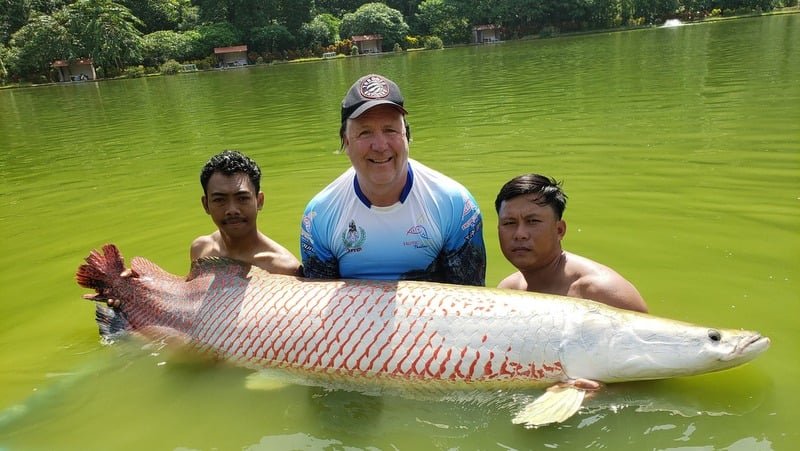
In the Madre de Dios region of Peru, arapaima farms have been established to educate fishers about sustainable fishing and aquaculture techniques. These initiatives have led to increased local income and reduced pressure on wild populations.
Arapaima farming through aquaculture represents a promising alternative for the conservation of this emblematic species and the development of Amazonian communities. Promoting responsible aquaculture practices benefits not only fishers but also ensures that future generations can enjoy this magnificent fish. With a focus on sustainability and education, arapaima aquaculture can serve as a model in aquatic resource management.
➬ Frequently Asked Questions about Arapaima Farming

↪ What is arapaima farming?
Arapaima farming involves raising this species in controlled environments using aquaculture techniques for its conservation and sustainable production.
↪ Why is arapaima aquaculture important?
It is crucial because it reduces pressure on wild populations, helps conserve the species, and provides income to local communities.
↪ What challenges does arapaima aquaculture face?
The main challenges include recreating suitable environmental conditions, ensuring balanced nutrition, and controlling diseases on farms.
↪ Where has arapaima aquaculture been successfully implemented?
Countries like Peru and Brazil have successfully implemented arapaima aquaculture projects, especially in the Madre de Dios region of Peru.
↪ How does arapaima farming benefit local communities?
It creates jobs, provides a stable source of income, and reduces dependence on wild fishing.
✈️ Plan Your Arapaima Gigas Fishing with Amazonas Fishing
To make your Arapaima gigas fishing experience unforgettable, consider planning it with Amazonas Fishing. Their expertise in the region and deep knowledge of the habitat of this giant fish will ensure that your adventure is exciting, educational, and completely safe.
Sport Fishing in Tambopata Amazon 3 days
MORE INFORMATION HERE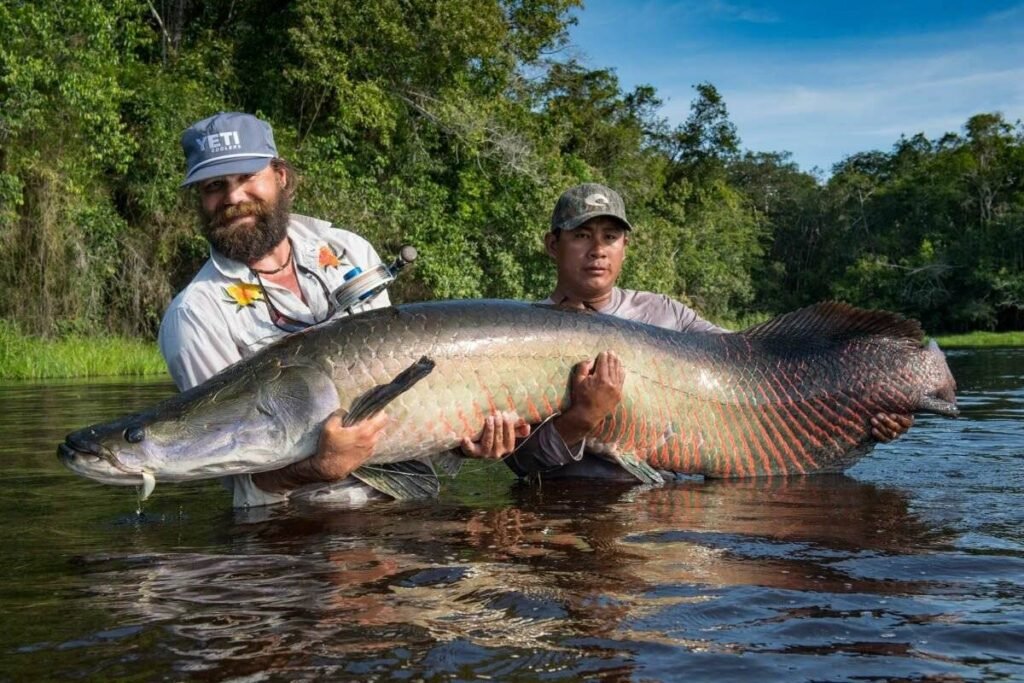
Ready for your Amazon fishing adventure? Book your trip with Amazonas Fishing and start planning your perfect journey.




